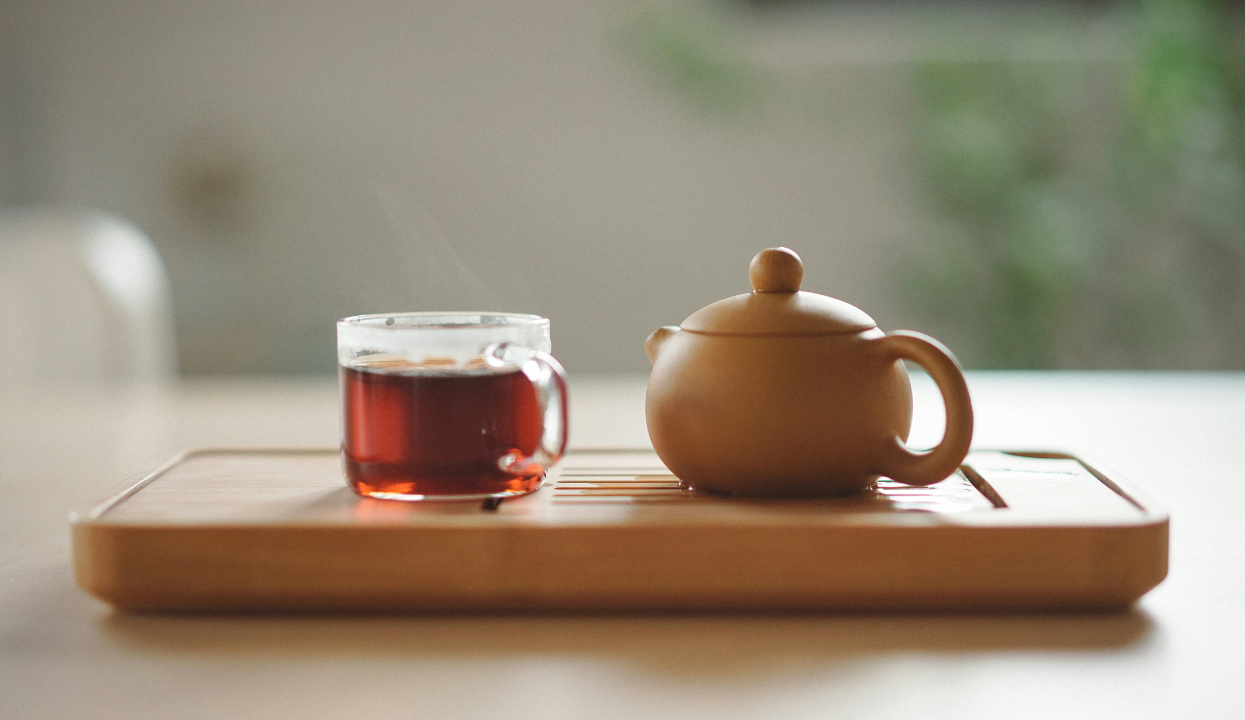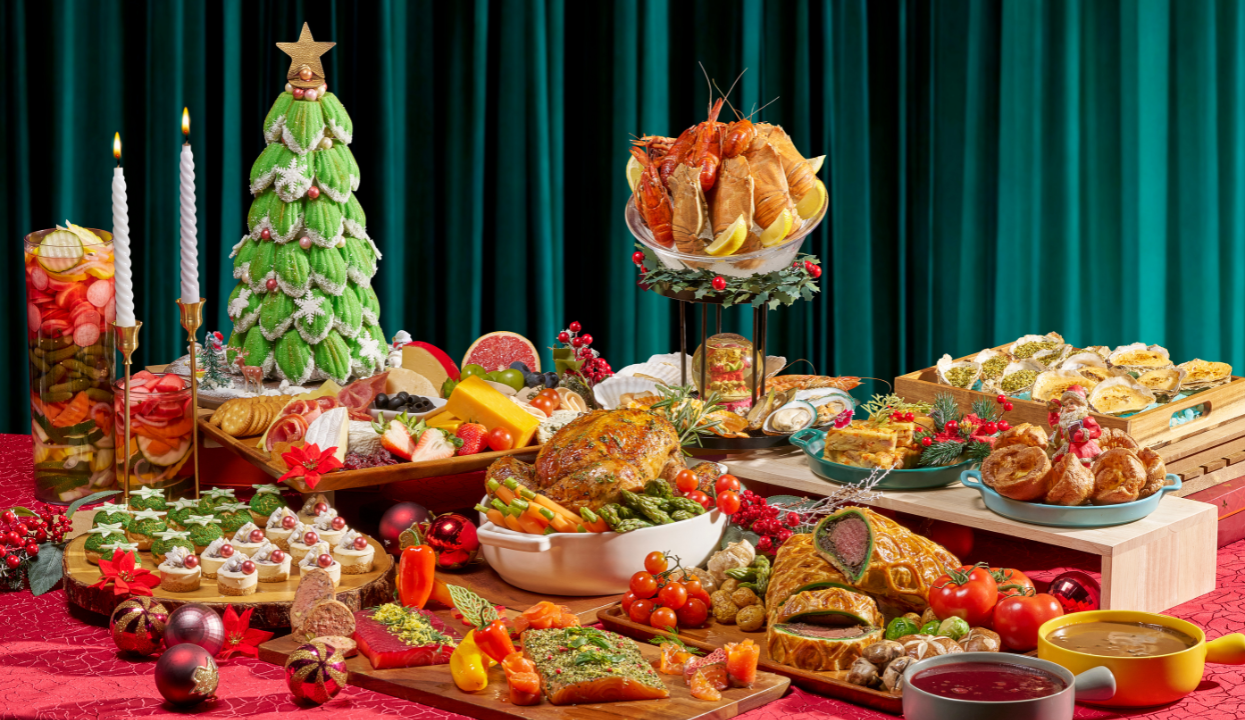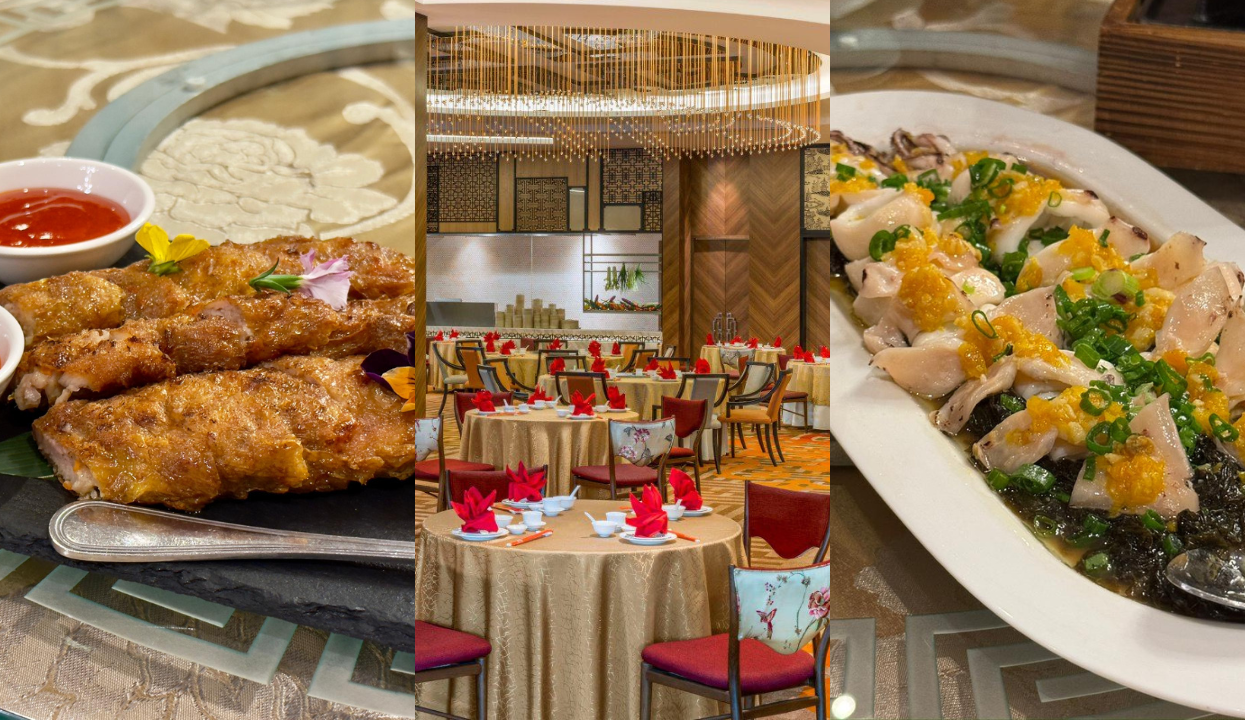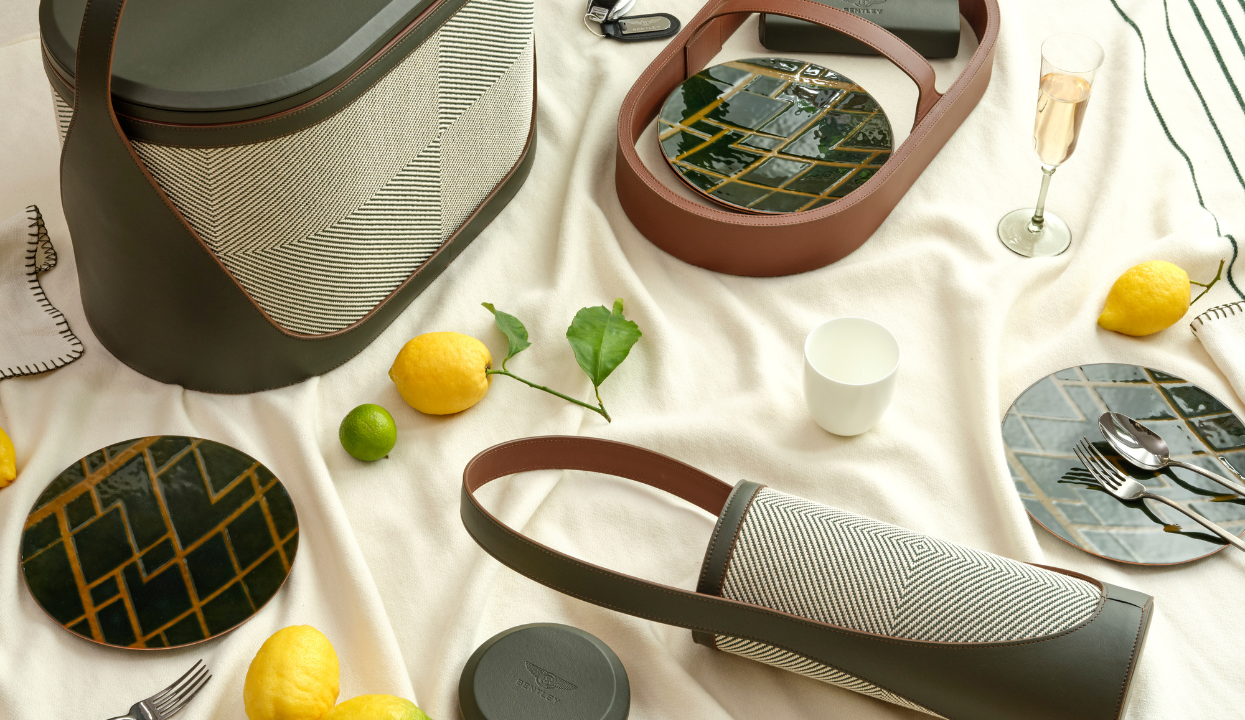Tea. That immensely popular, comforting drink. A beverage for just about everyone, perfectly suitable for every occasion, from a morning boost to a relaxing evening cup of tea.
You’d think that for a drink as widely loved and consumed as tea, you’d know everything there is to know about it, right?
Perhaps not! Whether you’re a devoted tea drinker or just enjoy a mug now and then, here are some interesting tea facts that you may not have known (but it would be fun if you did!).
Tea is Basically the Most Consumed Beverage in the World
We all know tea is popular, but how popular exactly?
Did you know that tea is actually the second most consumed beverage in the entire world? And the only drink which surpasses tea is water, which is a bit of a no-brainer! So, maybe we can even exclude water and give tea the crown!
Tea’s popularity stems from its versatility, affordability, wonderful health benefits, and deep roots in ancient tradition. It is said that its consumption exceeds 3 billion cups daily. That’s like if almost half of the people on the entire Earth drink a cup of tea every single day — quite a bizarre image to try and imagine!

Tea is So Versatile, But They All Come From the Same Plant
From light White tea to malty Black tea, it seems like there’s a tea for every mood. What’s amazing is that all “true” tea comes from the same single plant.
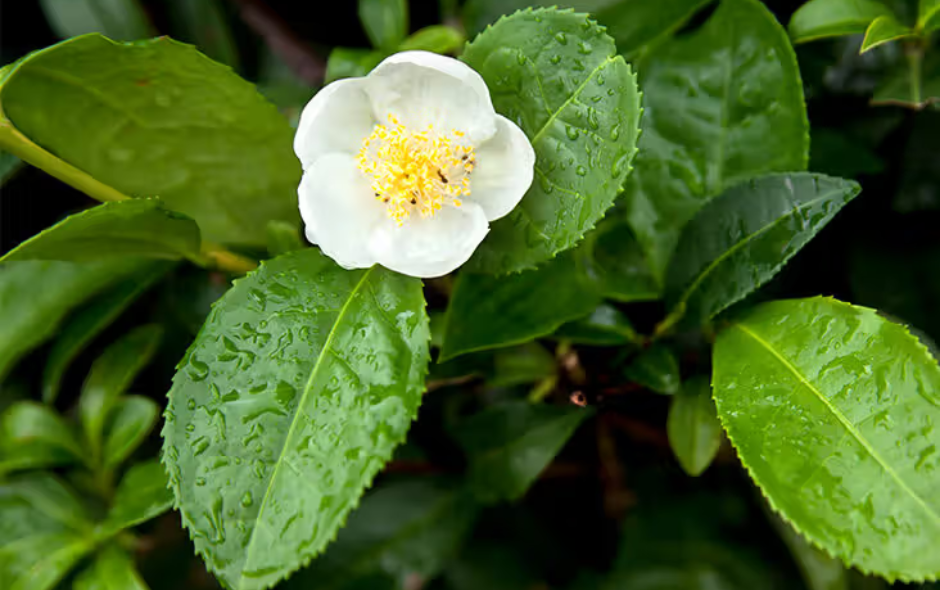
*Picture taken from healthline.com
That’s right! True teas — which include White, Green, Black, Oolong, and Pu-erh tea — all originate from the same tea plant, the Camellia sinensis.
So, if they all come from the same plant, how does the distinction happen? Though it’s all from the same source, the way the leaves are grown and then processed after picking will affect the flavour.
The Camellia sinensis is an evergreen plant that grows in different climates, which affects how the tea leaves’ flavour would turn out after being brewed. Different processing methods can also dramatically affect the flavour, such as the crucial oxidation process.
For example, black tea is the most processed true tea, which leads to a strong, rich flavour. Conversely, white tea is the least processed, resulting in a more natural and delicate taste.

A cup of white tea.
Herbal Tea Isn’t Actually Tea
With the existence of a term like “true tea,” it opens up the assumption that some “teas” aren’t quite… well, true. But what kind of drinks are masquerading as tea?
Actually, it’s herbal tea! Why? Because they don’t come from the Camellia sinensis, the tea plant.

Herbal teas, such as chamomile, peppermint, or rooibos, are technically a blend of herbs, spices, flowers, and dried fruits. And they aren’t really tea. In fact, they are properly called tisanes! Often, herbal teas also do not contain caffeine. But, for the sake of simplicity, herbal or not, we all just call them teas!
Tea Was Considered… Money?
That’s right, tea was once used as currency. As in, it was used to buy things!

*Picture taken from exoticteapot.co.uk
This actually happened before the Ming Dynasty came to power in 1368 CE in China. Back then, tea leaves were compressed into small, sturdy bricks, which were then used as currency. This meant people used to buy stuff using tea bricks! How fascinating is that? Imagine paying for your groceries with a block of Earl Grey!
One of the Most Expensive Teas in the World is Fertilised Using Panda Faeces
Sounds rather bizarre, doesn’t it? But yes, Panda Dung Tea is actually a nutrient-packed delicacy!

This idea came from An Yanshi, an entrepreneur, who had the idea for this tea after learning that panda faeces are surprisingly full of nutrients. Since pandas only absorb about 30% of the nutrients from the bamboo they eat, the remaining 70% results in nutrient-packed dung. He uses this knowledge, uses the panda dung to fertilise tea plants, and thus, Panda Dung Tea is born.
Some Teas Are More ‘Special’ Than Others
Like coffee, tea also has its own realm of high-end brews known as Specialty Tea. However, unlike specialty coffee, which has an objective scoring system, specialty tea is more vague.
Specialty tea refers to a high-grade category of tea that is valued for its exceptional quality, unique characteristics, careful craftsmanship, and transparency of origin, placing it far above common mass-market or “commodity” teas.
What’s interesting about specialty tea is that it’s single origin and fully traceable. You can know exactly where the leaves were picked, down to the specific tea garden it came from. The leaves are picked very carefully, often hand-picked, and processed through artisanal, meticulous, and traditional methods.

These teas also have a variety of complex, layered, and nuanced flavours. For example, gushu cha, which translates to “ancient tree tea,” is a highly sought-after type of Pu-erh tea that grows on trees aged above 100 years old, with some famous trees even being several hundred or over a thousand years old!

*Picture taken from teavivre.com
It is just very interesting to drink tea that comes from trees that have stood for centuries. And it’s not just for show, either. These ancient trees, due to their very deep roots that reach far into the earth, produce leaves that result in a more complex, layered, and full-bodied taste.

So, next time you put the kettle on, you can impress your friends or family with a few of these fascinating facts about your simple, yet historically rich, brew!

